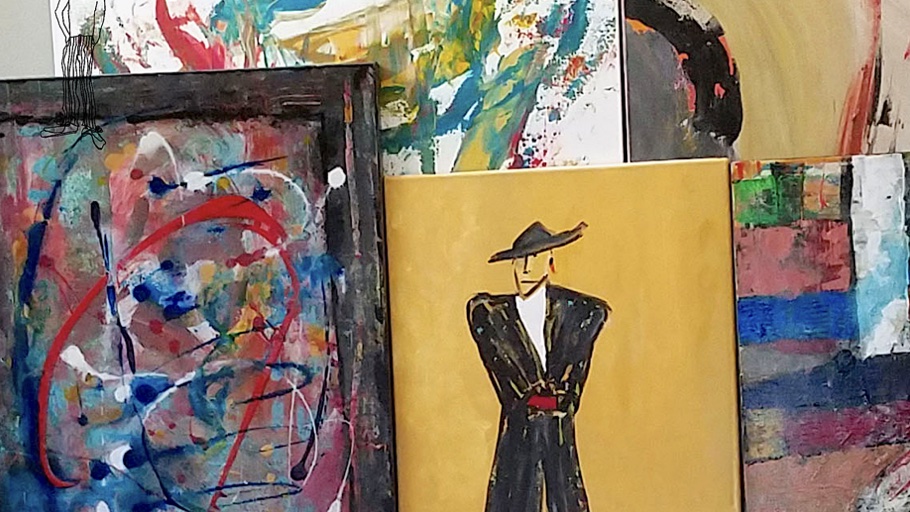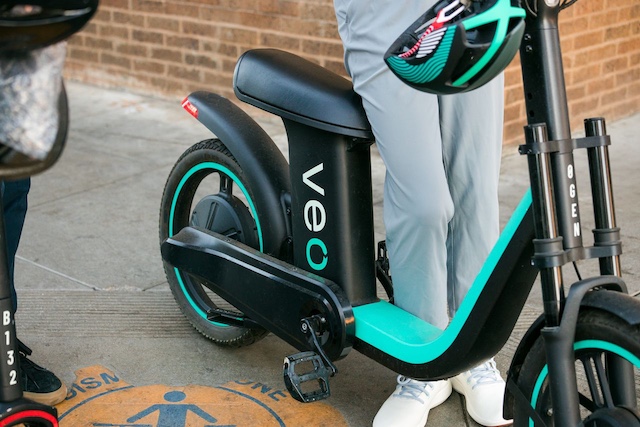Apps help fearful fliers face the skies
Published 12:00 am Sunday, December 4, 2016
As a longtime travel writer, you would think that, for me, getting on a plane would be as routine as brushing my teeth. Whether it’s a long haul to Asia, a trans-Atlantic visit or a short hop from my home in Italy to another city in Europe, barely a week goes by that I am not catching a flight.
Sadly, however, the frequency of heading to the airport has not cured me of my visceral fear of flying. It ebbs and flows. When crashes are not in the headlines and after a number of smooth, turbulence-free flights, I feel much calmer and am less likely to have catastrophic thoughts.
Trending
But following tragic incidents such as the Germanwings crash in March 2015, the disappearance of the Malaysia Airlines carrier one year before that, or the Air France flight from Rio de Janeiro that crashed into the Atlantic in 2009, I have tended to be on high alert. I board planes but I really wish I didn’t have to.
So I was curious about an app that launched in 2015, which is aimed to show, scientifically, just how safe air travel really is. Called (obviously with a sense of humor) “Am I Going Down?” the app (which costs $2.99) indicates the statistical chance of something catastrophic happening on board, based on the aircraft model, airline flown and the departure and arrival airports (which you enter on a screen in a palette of calming colors).
“My wife was on an incredibly turbulent flight on its way to Australia,” explained Nic Johns, a Londoner who developed the app, “and her fear of flying was triggered from that incident. It got so bad we couldn’t fly anywhere, and we were taking a train to places like Italy and Spain from London, which was obviously a huge time commitment.”
Johns set out to offer his wife, and others who shared her fear, comfort through concrete statistics. Making use of his degree in mathematics and statistics, he scoured and accrued safety records to come up with his percentages; in Britain he used records from the Bureau of Aircraft Accidents and Archives, and in the United States from the National Transportation Safety Board.
“I gathered all the data on all the crashes that were on record, and more importantly all the safe flights, and put together the data, and odds of a fatality in this app,” he said. “In most cases a normal flight will give you a 1 in 5 million, or 1 in 10 million, chance of crashing, so that tends to reassure most people.”
Applying technology to help allay fear of flying is part of an increasing trend, whether through apps like Turbcast, which explains and predicts turbulence on the route that one is flying, or through Flightradar24, which shows a map of flights en route (the sight of how many airplanes are up at the same time and arriving safely at destinations puts in context the routine nature of air travel and is reassuring to many travelers like me). And at a cost of about 99 cents each, having an arsenal of apps on my iPhone seemed a relative bargain.
Trending
The founder of the Fear of Flying on-the-ground program and website, Capt. Tom Bunn, a former Air Force and commercial pilot for United Airlines and Pan Am, offers his techniques on a smartphone application called SOAR, Seminars on Aeroanxiety Relief. It is an offshoot of the counseling he offers by phone to nervous passengers to prepare them before they go on a trip, and once onboard (with in-person or phone counseling for $199; some resources are free).
The free app offers explanations for basic aspects of aviation such as takeoff and descent, and a tool to measure the G-force in turbulence, which shows passengers that the aircraft is well within the range to withstand any bumps — moments that particularly unnerve skittish fliers. But the captain’s approach mixes technology with face-to-face interaction.
“Most people feel remarkably better after they meet the person in charge of the aircraft,” he explained of the letter he provides on the app and in his course, which asks the captain flying the plane to meet anxious passengers.
Soon after talking to Johns and Bunn, I had a chance to test whether their apps, and others, were of any help to me. On a flight to London from Italy, I used “Am I Going Down?” To be honest, it made my anxiety spike sharply before the flight because I felt as if I was somehow tempting fate by even entering the data: that I was on an Airbus A380 Ryan Air flight from Perugia to London Standsted Airport.
But the percentage that came back was decidedly in my favor, with only a 1 in 5 million chance of crashing. And the accompanying statistic on the screen was even more comforting — I could fly this route once a day for 14,000 years safely! The bumps started to feel less catastrophic.
On a flight from Miami to London on American Airlines, I prepared with my SOAR app. I wasn’t convinced that my letter from Bunn would actually lead to an introduction to the captain, but after giving it to the gate attendant, she allowed my 6-year-old son and me to board early, and we met Capt. George Katsahnias and his first officer, Frederick Staats.
Friendly and calm, and in no way patronizing of my anxiety, Katsahnias let my son sit in the captain’s seat while explaining to me that it should be a smooth ride. He also said cheerfully that if I had any questions en route, I should let him know through a flight attendant.
Later, as we gathered speed on the runway, my son, who has been on hundreds of flights, calmly took my hand. I thought about the kind pilots who had our safety in their hands, all the backup systems in place.
And I can’t scientifically prove it, but as we bounced up to cruising altitude I felt, well, noticeably calmer. I hope to continue to be less of a nervous Nellie with my new arsenal of tech support.








